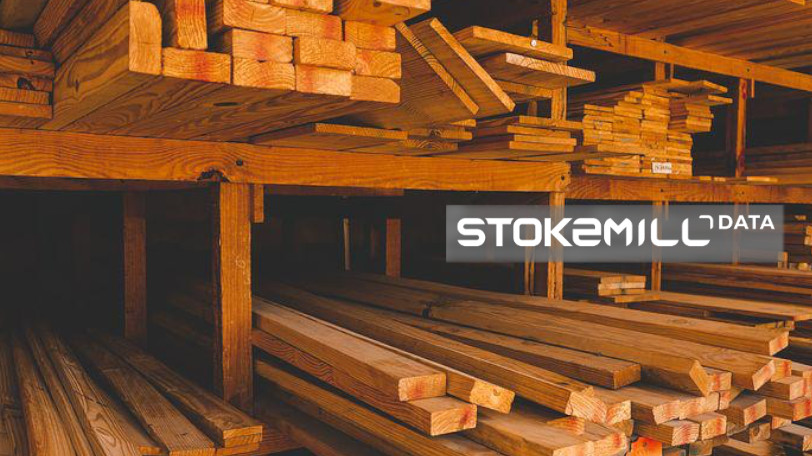Furnit & Wood products
Furnit & Wood products
Responsible forestry management has become a larger part of global sustainability policies that supra national bodies and governments alike intend to implement to mitigate the impact of greenhouse gas (GHG) emissions from the burning of fossil fuels and timber extraction for use in construction, furniture or energy generation. Certification schemes, such as Forest Stewardship Council (FSC), the Programme for the Endorsement of Forest Certification (PEFC), or the North American Sustainable Forestry Initiative (SFI) have long been used to help reduce illegal deforestation in tropical regions or simply to help promote sustainable forestry management. As regards the use of timber as construction material, it is expected that the combined effect of urbanisation and decarbonisation will lead to more new homes and cleaner low carbon intensity buildings being built from timber. On the one hand wood is increasingly being used to replace high carbon intensive steel and concrete where structurally applicable, but on the other innovative materials such as mass timber are also carving a growing niche market and helping to reduce the overall use of timber. According to the Economist and its EIU unit, the global market for cross-laminated timber, the current mainstream mass timber technology, exceeded USD 600 million in 2018. Cross-laminated timber demand is projected to grow by over 10% annually into the mid-2020s, with Europe accounting for 60% of the market. By 2025, mass timber is expected to account for USD 1.4 billion of the USD 14 trillion global construction industry. Mass timber involves cross-layering softwood boards and bonding them with glue, nails, or other adhesives to maximise strength. Mass timber is best suited for low- to mid-rise construction, such as family residences and commercial or institutional buildings that would otherwise be built with concrete and steel. Wood for construction – as opposed to all concrete and steel - may help to reduce energy consumption. It has been estimated that the use and operation of buildings account for approximately 40% of the total energy consumption of EU member states, and 40% and 27.3% in the US and China, respectively, and are responsible for 36% of their greenhouse gas emissions from energy production and consumption. The construction sector also uses half of the extracted materials and one-third of the water demand. Together with the related demolition, packaging, and bulky wastes, the construction sector generates one-third of all waste in the EU28. Approximately one-third of wood waste is recycled as materials including pallets, one-third is incinerated for energy generation, and one-third is landfilled. Across the EU-27 in 2018, there were some 400,000 enterprises active in wood-based industries representing almost 20% of the manufacturing enterprises and employing 3.1 million people with a gross value added of EUR 139 billion. However, due to the high competitiveness in the global wood and furniture industry, the sector has been facing headwinds in the form of rising timber imports from China and tropical countries. A rising demand for softwood and hardwood pellets has been somewhat used for value addition by sawmills and pellet demand has been growing in residential homes, municipal energy plants or cement factories. According to various market research players and compilers, the global market value of the furniture industry was estimated at around USD 500 billion in 2020, of which wooden furniture was separately estimated at just under USD 50 billion or 10% of the total market.
Keywords
Keywords: timber, Forest Stewardship Council, FSC, FSC certification, Programme for the Endorsement of Forest Certification, PEFC, Sustainable Forestry Initiative, SFI, urbanisation, decarbonisation, home building, wood for construction, sawmill, plywood, softwood, hardwood, medium density fibreboard, MDF, particle board, cross laminated timber, CLT, mass timber, wooden furniture, wooden pallets, energy generation, wood pellets, wood waste, wood recycling, timber imports, wood pellet producers


